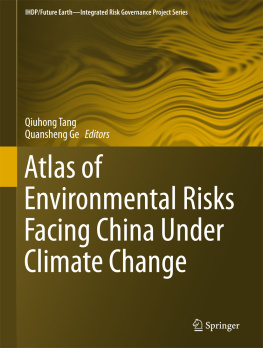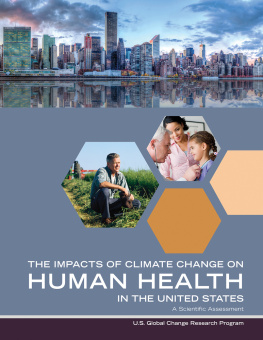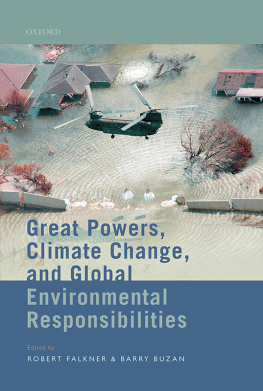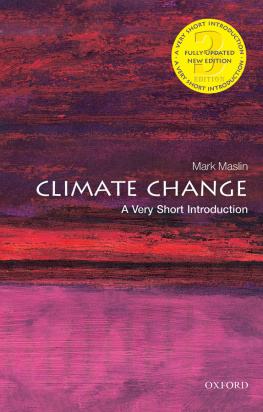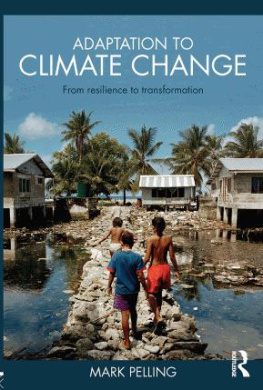1. Geography of China
1.1 Topography
China contains five kinds of landform types, including mountain, plateau, hill, basin, and plain. Among the five landform types, mountains and plateaus are most extensive, accounting for 59% of the total China land area followed by basins (19%), plains (12%), and hills (10%) (Chinese Academy of Sciences ).
China topography varies greatly from highly mountainous regions to inhospitable desert zones and flat, fertile plains visualizing in form of steps of a stairway descending from west to east. The first topographic step is the QinghaiTibetan Plateau with an average elevation of more than 4500 m. There are a series of eastwest or northwestsoutheast trending mountain ranges with elevation over 5000 m. The Qaidam Basin is embedded inside these mountains. In the south, the Himalayan mountain range has a number of peaks over 7000 m, with the tallest in the world, Mount Everest, at the SinoNepalese border.
The second topographic step contains a series of high mountains with elevation ranging from 1500 to 2500 m, as well as plateaus with elevation ranging from 1000 to 2000 m. The Inner Mongolia and YunnanGuizhou Plateau as well as the Tarim, Sichuan, and Junggar basins are located in this topographic step.
The third topographic step consists of plains and peneplains. From north to south, the Northeast Plain, the North China Plain, and the Middle-lower Yangtze River Plain are located with elevation mostly below 200 m. The vast area extending to the south of the Yangtze River is mainly occupied by hills with elevation less than 500 m. Finally, the coastal zones, stretching from Vietnam to North Korea and bordering the South China, East China and Yellow Seas, join the Pacific Ocean. Many Islands are distributed here such as the Hainan Island and Taiwan Island.
1.2 Climate
China is located at the east coast of the largest continent (the Eurasia Continent) bordered by the worlds largest ocean (the Pacific Ocean). The mean annual precipitation ranges spatially from less than 50 mm to more than 1800 mm with low precipitation in the northwest and high precipitation in the southeast. The mean temperature ranges spatially from 12 to 26 C. In general, the mean temperature in the southeast is higher than that in the northwest. The mean daily minimum temperature is greater than 0 C in the south and is less than 0 C in the north. The mean daily maximum temperature is greater than 10 C in most parts of China.
Chinas climate is mainly dominated by dry seasons and wet monsoons, which lead to pronounced precipitation and temperature differences between winter and summer. Due to the vast land size and various landforms, the types of climates are complex and diverse in China. China can be divided into four wet/dry climate regions and six climate zones. The four wet/dry climate regions are humid region, sub-humid region, sub-arid region, and arid region. The six climate zones include the cool temperature, the middle temperature, the warm temperature, the subtropical, the tropical, and the highland climates.
Climate change regionalization could represent the regional difference of climate change, and can reflect the disasters and environmental risks incurred by climate changes. The tendency and fluctuation values of temperature and precipitation from 1961 to 2010 are the key indicators for regionalization of climate change in China (19612010) (Shi et al. ). Based on the temperature tendency value and the precipitation tendency value (19612010), China is divided into five tendency zones during level-I regionalization, i.e., Northeast ChinaNorth China warm-dry trend zone, East ChinaCentral China wet-warm trend zone, Southwest ChinaSouth China dry-warm trend zone, Southeast TibetSouthwest China wet-warm trend zone, and Northwest China-Qinghai-Tibet Plateau warm-wet trend zone. Level-II regionalization refers to fourteen fluctuation regions based on level-I regionalization according to the temperature and precipitation fluctuations.
1.3 Rivers
There are more than 50,000 rivers across China of which 1500 rivers have a drainage area over 1500 km2. Based on climatic and geomorphological conditions, Chinas rivers can be divided into two large systems: oceanic and inland (Hong and Blackmore ).
The volume of annual runoff in China is about 2700 billion m3, equivalent to a depth of 280 mm over the whole land area. The total volume of river runoff in the six major river basins in north China (namely, Songhua Jiang, Liao He, Hai He, Yellow River, Huai He, and Northwest Inland rivers) account for less than 21% of the national total runoff, but the four major river basins in south China (namely, Yangtze River, Southwest Rivers, Pearl River, and Southeast Rivers) account for more than 79% of the national total (Ministry of Water Resources Peoples Republic of China ). From a spatial perspective, the mean annual runoff depth is usually more than 200 mm in the south, and less than 50 mm in the northwest. The runoff coefficient is close to 0 in the arid area, while it can be more than 0.80 in the humid area. The runoff coefficient is larger than 0.45 in Yangtze River, Southeast Rivers, Pearl River, and Southeast Rivers. The coefficient is between 0.25 and 0.45 in Songhua Jiang and Liao He rivers.
1.4 Vegetation and Soil
China has a variety of vegetation types ranging from alpine tundra to evergreen tropics and from desert to forest. According to the classification system in the Vegetation Map of the Peoples Republic of China (1: 1,000,000) published by the Geology Press in 2007, there are eleven vegetation type groups covering 55 vegetation forms, 960 vegetation formations and sub-formations, and more than 2000 communities of dominant species. The eleven vegetation type groups are: (1) coniferous forest, (2) coniferous and broad-leaf mixed forest, (3) broad-leaf forest, (4) bush, (5) meadow, (6) steppe, (7) grass, (8) alpine vegetation, (9) desert, (10) crop land, and (11) wetland (Edition Board of Vegetation Map of China ).
With obvious longitude zonal distribution, the vegetation types in northern China ordered from east to west are as follows: forest, steppe, and desert. There are obvious horizontal and vertical zonal features on the QinghaiTibet Plateau. With increasing altitude and decreasing rainfall from southeast to northwest, vegetation types ordered from southeast to northwest are: mountain forest, alpine shrub, alpine meadow, alpine steppe, and alpine desert. According to the vegetation regionalization map of China, the country is divided into eight vegetation regions and 26 vegetation zones.
China, with vast and diverse climatic conditions, topography, vegetation, and human development, has a wide variety of soils. According to the classification system in the Soil Map of the Peoples Republic of China (1:1,000,000) published by the National Soil Survey Office in 1995, there are 12 orders, 61 great groups, 235 subgroups, and 909 families in the database (Shi et al. ). In the East Monsoon Zone, the latitudinal zones from south to north include latosol, lateritic red soil, red soil and yellow soil, yellow-brown soil, burozem and drab soil, dark brown forest soil, and podzolic soil. In the Northwest Non-monsoon Zone, the zonal soil types from northeast to northwest are chernozem, chestnut soil, brown soil, sierozem, gray brown desert soil, brown desert soil. On the QinghaiTibet Plateau, the soil types from east to west are alpine meadow soil, alpine steppe soil, alpine desert soil, and alpine frozen soil. According to the soil regionalization map of China, the country is classified into three soil regions and 17 soil zones.

